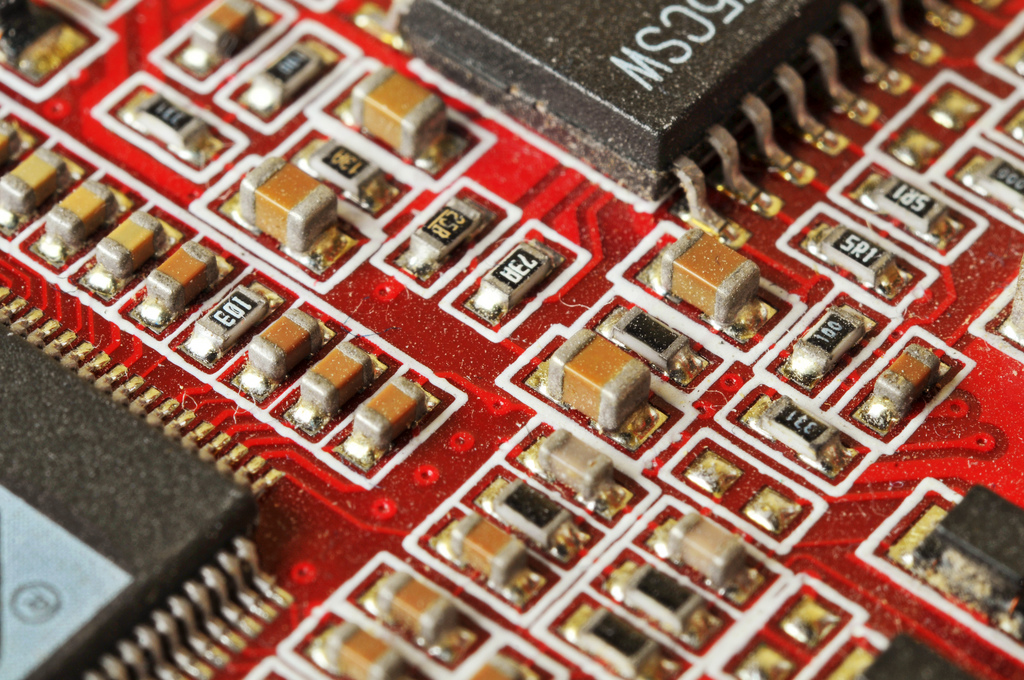A new demonstration of photon interaction has moved us one step closer to the building of 'logic gates' for quantum computers.
These gates make up vital components of a computer's circuitry, used for making decisions in the processing of information.
For example, an 'AND' gate takes two inputs and then emits a single output only if both of its inputs are turned on. Otherwise it produces no output. Combinations of gates like these allow computers to make logical decisions based on the inputs they receive.
In current, classical computers, logic gates most commonly take the form of transistors or diodes, which receive and emit electrical signals made up of electrons. These are usually produced using properties of the materials used, rather than properties of the individual atoms.
Quantum computers, however, seek to use much smaller particles, exploiting the strange laws of quantum physics to function. It is hoped that photons - the particles which make up light - will play a key role in this.
Until now, it has been notoriously difficult to make photons interact in helpful ways, but Aephraim Steinberg and his team from the University of Toronto have now found a way to do this.
Normally, light beams pass through each other without any effect. However, writing in Nature Physics, scientists were able to observe the effect of a single photon on a separate beam of light.
They cooled atoms of the element rubidium to one millionth of a degree above absolute zero, before firing a single photon at them. This photon then becomes 'entangled' with the atoms, altering their refractive index.
As a result, a beam of light subsequently fired at the atoms undergoes a 'phase shift' - a shift in the location of the peaks and troughs of the light waves but not their size or frequency.
This effect is very subtle but, crucially, is still measurable. Aephraim hopes that it will lead to the building of an all-quantum logic gate, allowing the crucial interaction between light signals which was previously unachievable.
"To build technologies like optical quantum computers, you want your beams to talk to one another. That's never been done before using a single photon."
Rather than receiving electrical signals, a quantum logic gate would take these single photons as inputs, and then use the subsequent beam of light to 'process' the information supplied by the photons.
Aephraim's work also has implications for the study of optics - the physics of light - as a whole.
"Most of what light does is so well understood that you wouldn't think of it as a field of modern research. But two big exceptions are, 'What happens when you deal with light one particle at a time?' and 'What happens when there are media like our cold atoms that allow different light beams to interact with each other?'"
These two questions have never been studied simultaneously, he says, until now.










Comments
Add a comment